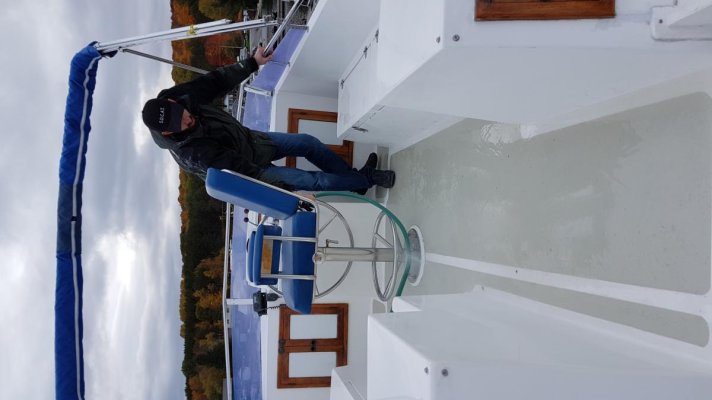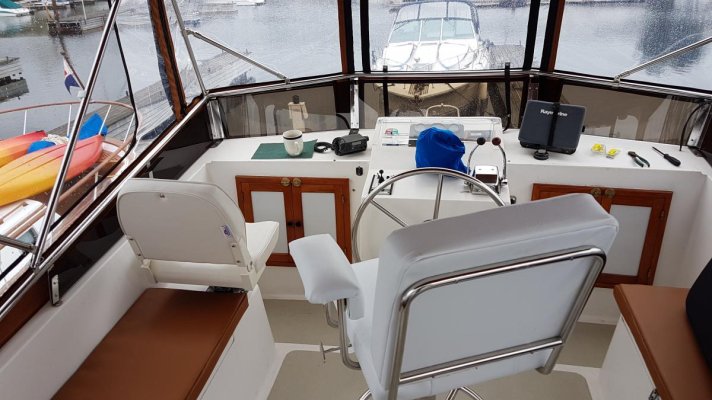Mrwesson
Senior Member
I have soft decks on my flybridge and it got me thinking that on my particular boat the fiberglass on the decks is too thin(imo) and wanted to sand off the gelcoat/paint and add some layers of fiberglass..
I know the correct way would be to remove the coring(there's little to no coring left)and replace but obviously adding layers would save me from having to cut the deck and the boat is in the slip with haulout very far away(making debris removal a problem).
It's boating season and I want to get on with it..
in the end if I need to recore I can inject the deck or cut out like I would but salvage the top layer.
I honestly think that adding 2-3 layers of fiberglass would essentially solve the problem but add some weight(not concerned much there).
I'm just trying to talk myself into it and at this point
I know the correct way would be to remove the coring(there's little to no coring left)and replace but obviously adding layers would save me from having to cut the deck and the boat is in the slip with haulout very far away(making debris removal a problem).
It's boating season and I want to get on with it..

in the end if I need to recore I can inject the deck or cut out like I would but salvage the top layer.
I honestly think that adding 2-3 layers of fiberglass would essentially solve the problem but add some weight(not concerned much there).
I'm just trying to talk myself into it and at this point



